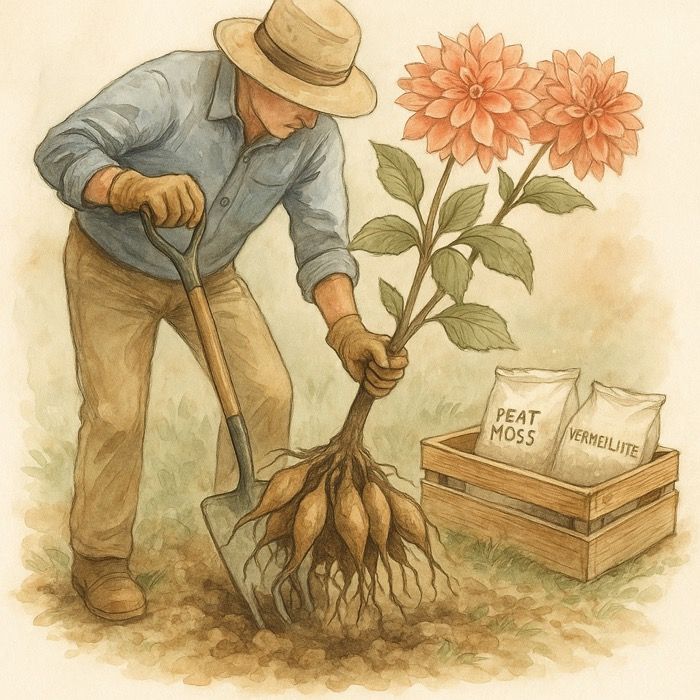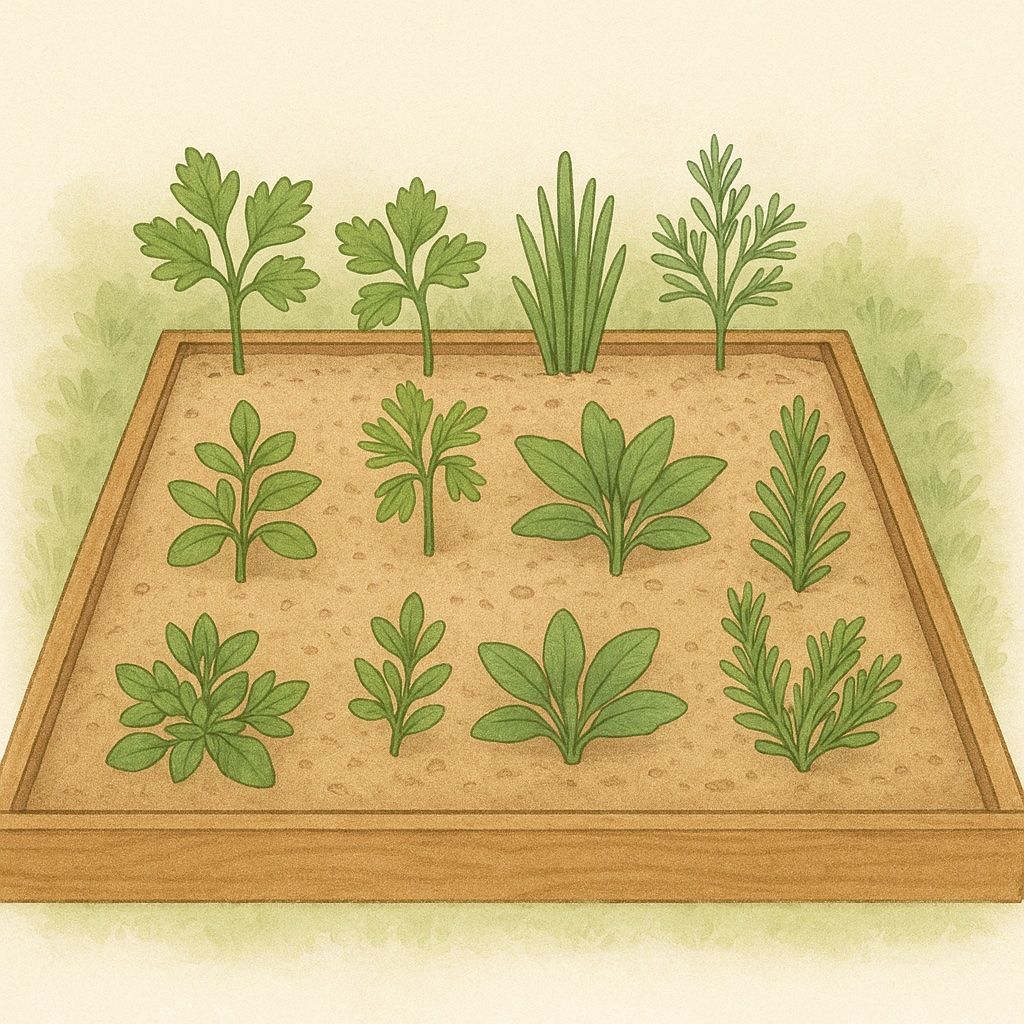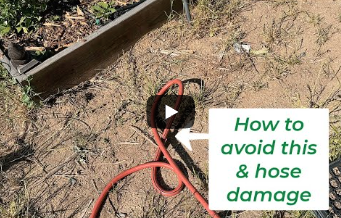How to Plant and Grow a Winter Vegetable Garden
Vegetables for the Cold Season
Winter doesn’t mean the end of gardening season. In fact, many vegetables thrive in the cooler temperatures, providing fresh, delicious produce even when snow may be on the ground. If you’ve been curious about cultivating a winter vegetable garden, this guide will help you get started. Below, we cover everything you need to know about planting, growing, and enjoying the bounty of winter vegetables.
Why Grow a Winter Vegetable Garden?
- Extended Harvest: Planting winter crops allows you to extend your growing season, resulting in a garden that’s productive all year round.
- Improved Soil Health: Winter crops can help prevent soil erosion and improve soil structure.
- Pest Management: Many winter crops act as natural repellents, keeping unwanted pests at bay.
What to Plant in a Winter Vegetable Garden
When considering which plants to grow, remember that not all vegetables are suited for winter. Here are some top picks:
- Kale: A superfood that becomes sweeter after a frost.
- Brussels Sprouts: They thrive in colder climates and can withstand frost.
- Winter Lettuce: Varieties like ‘Winter Gem’ can survive the cold and give you fresh greens.
- Swiss Chard: This leafy green continues to produce even in cooler temperatures.
- Root Vegetables: Think carrots, beets, and parsnips. They grow underground, protected from the frost.
- Broccoli and Cauliflower: Both veggies do well in cooler climates and can produce a late-season harvest.
Steps to Planting Your Winter Vegetable Garden
- Plan Ahead: Begin in late summer or early fall. This gives the plants time to establish themselves before the first frost.
- Choose the Right Spot: Winter vegetables still need sunlight. Find a spot in your garden that gets at least 5-6 hours of sunlight daily.
- Soil Preparation: Add compost or a slow-release fertilizer to nourish the plants throughout the winter.
- Sowing Seeds: Follow the instructions on seed packets for spacing and depth. Some vegetables, like carrots, can be directly sown.
- Mulching: A thick layer of straw or leaves can help protect plants from harsh temperatures.
- Watering: Ensure the soil remains moist but not waterlogged.
Care and Maintenance
- Protection: Use row covers or cloches to shield plants from extreme cold or snow.
- Pest Control: Keep an eye out for pests. Winter pests can include aphids or cabbage worms.
- Harvesting: Some vegetables, like kale, can be harvested multiple times throughout the winter.
In Conclusion
Winter vegetable gardening offers a fantastic opportunity to enjoy fresh produce during the colder months. With the right care, preparation, and selection, your garden can be a source of joy and nutrition all year round.
If you enjoyed this article on “winter vegetable” gardening, be sure to share with fellow gardening enthusiasts and let us know your winter gardening tips in the comments!
More From Our Master Gardener
Recent Posts

When and How to Dig Up Dahlias – The Best Time, Storage, and Overwintering Guide for 2025 Blooms

When and How to Dig Up Peonies – A Step-by-Step Guide for Vibrant Blooms

Best Herbs to Plant in October 2025 – Fall Herb Gardening in Raised Beds Made Easy

The Bee Underground – Meet the Solitary Bees Living Beneath the Soil

Sweet Peas Growing Guide














